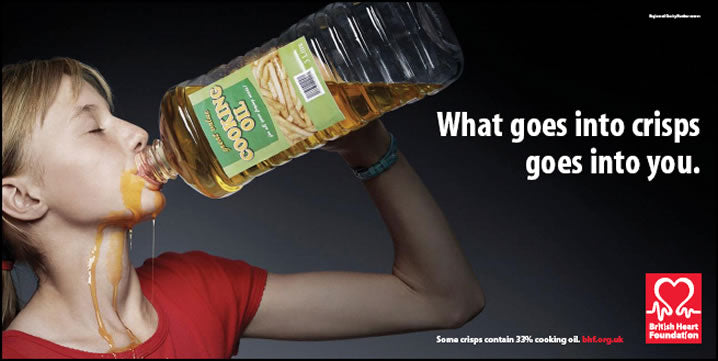The information below is simple to understand it's a wonder not more people follow it. Three key messages - eat real food, when you are hungry and don't eat too much.
Below is an excerpt from my new book Strength For Life - it's out this winter. You'll know one of my missions is to help the nation get healthier especially children - help them avoid obesity and navigate around the food industries lies and temptations.
THE HUNGER SCALE

Every time you eat, ask yourself how hungry you are. If you score 5 or below, the chances are that you aren’t really hungry at all.
Thirst is sometimes mistaken for hunger, drink water first then see if you are still hungry 20-30 minutes later
Do something else instead of eating!
When you are really hungry it’s time to eat
If you are really prone to over eating then keep to the ‘quite hungry’ level at first
Taking a plant based protein or Amino Acid shake send 'fed' signals to the brain helping fullness - satiety and thereby lowering portions in the following meal.
THE FULLNESS SCALE

Every time you eat, ask yourself how full you need to be.
If you score 5 or 6, the chances are that you are full enough and eating more will just make you fat.
Eat slowly to ensure you don’t over eat
Only eat till you are satisfied and leave each meal feeling like; you could eat a bit more
Blue Zones almost always eat until they are only 80% full
ANTI-NUTRIENTS – WHAT SHOULDN’T I EAT?
Quote of the day; where there is controversy err on the side of caution.
If a food is advertised on TV it’s normally a good idea to avoid it.
If a food has any kind of character associated with eating it then often it’s worth avoiding.
Think Clowns, Tigers and Snap, Crackle and Pop. If you see high profile athletes eating in fast food joints, it’s normally because they are paid to eat there.
It’s not because eating there makes them awesome athletes. If an athlete wins a gold medal, then you see a cereal packet in their hand afterwards, it’s probably because they were paid to hold it.
They probably didn’t eat any of that when they trained for the gold medal. Supplement companies do the same with their sponsored athletes. It’s rare to find non-paid athlete sponsors or honest sponsored athletes who say a product is good just because they have actually felt the benefits of using it.
For reference all Amino Man ambassadors and advocates are genuine non-paid customers!
It's a wonder they do it. I only allow people to represent the brand if they regularly use and believe in the supplements the blends and the ethics behind the brand. Of course it helps if they are mates too.
Plus they gotta be excellent training partners too. I'll be posting on Ed's training and preparation strategies in another article soon. Guy trains like a beast and has an unbending application to healthy eating. Except on cheat days.
A lot of the time as a coach you are simply giving people reassurances to their commonly chosen foods and meals. There’s a lot written about ‘good’ and ‘bad’ foods. Should we label them? Is labelling them dangerous because it causes excessive ‘clean’ eating tendencies? Can you imagine - a big BAD sign on the crisp aisle in the super market.
Crisps are also ok - obviously in moderation. However we love these in the UK. Averaging 1 packet per day. That's the same as drinking 5 litres of vegetable oil each year. If you have 2 packets its 9 litres of pure inflammation producing, hydrogenated, oxidative resistant fats per year.

|
It’s not that foods are inherently ‘good’ or ‘bad.’ The key is to be educated in knowing about the foods you are enjoying at the time, irrespective of whether they are ‘good or ‘bad’. All we can do weigh up the effects that food has on the body; the associated additives, preservatives, chemicals, plastic contaminants and pesticides and then decide how much we are willing to consume, process, excrete and detoxify.
Questionable Food Ingredients and Additives; You can pretty easily avoid these foods and ingredients if you cook from scratch with single ingredients, learn to read labels and avoid a few key ingredients like those ones listed above.
Til next time, Matt
|









